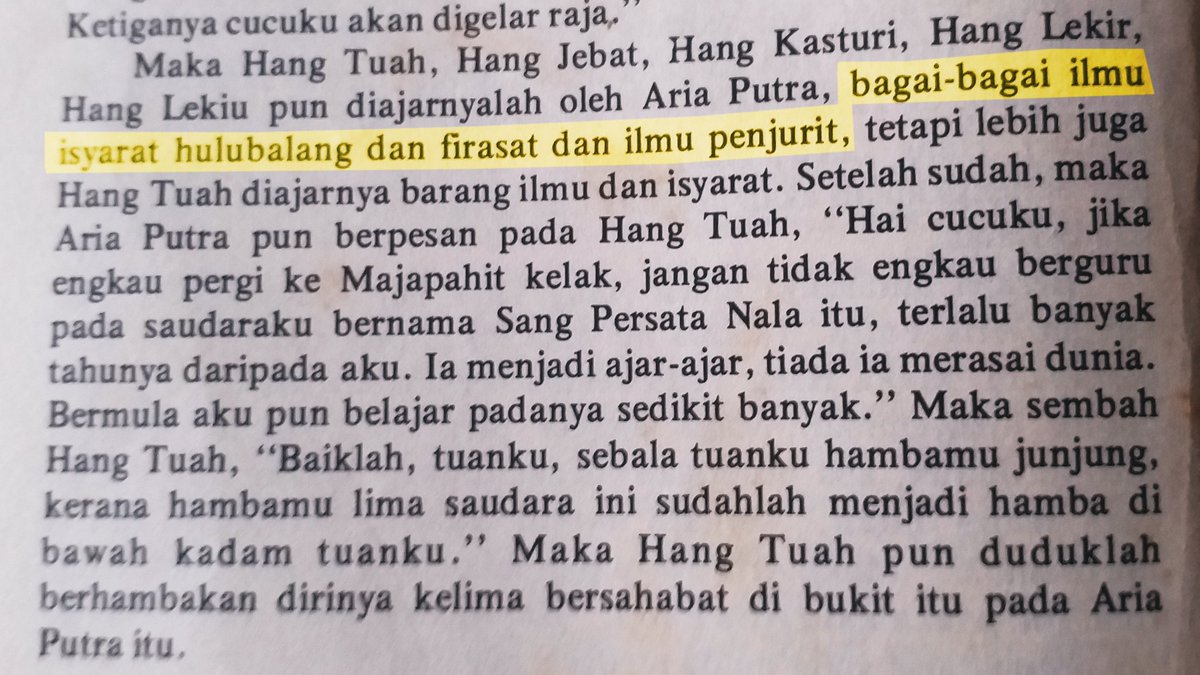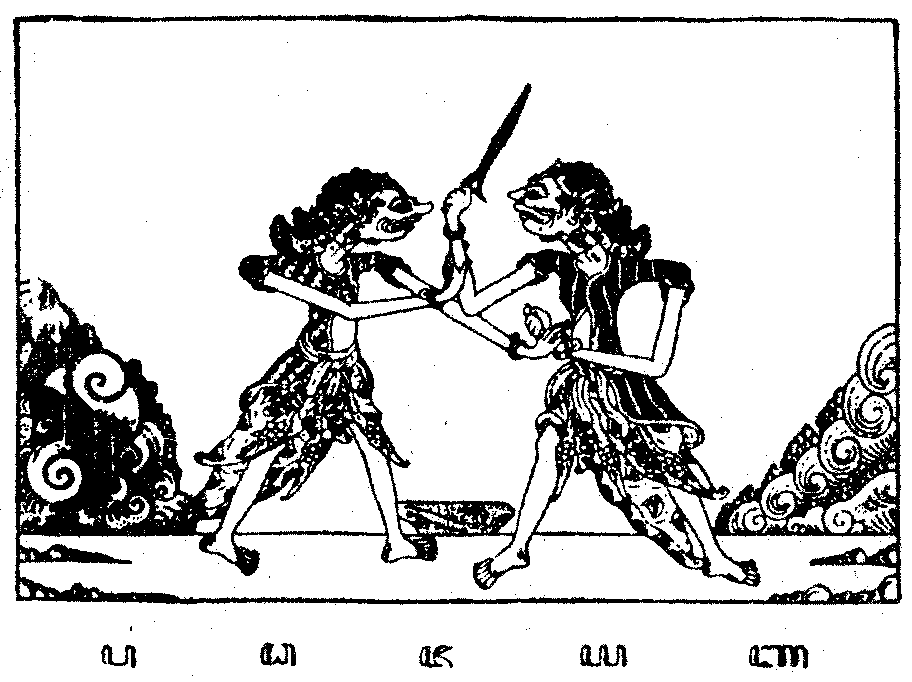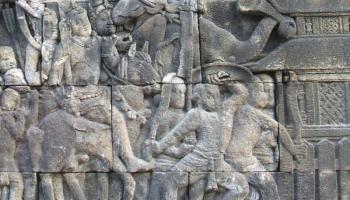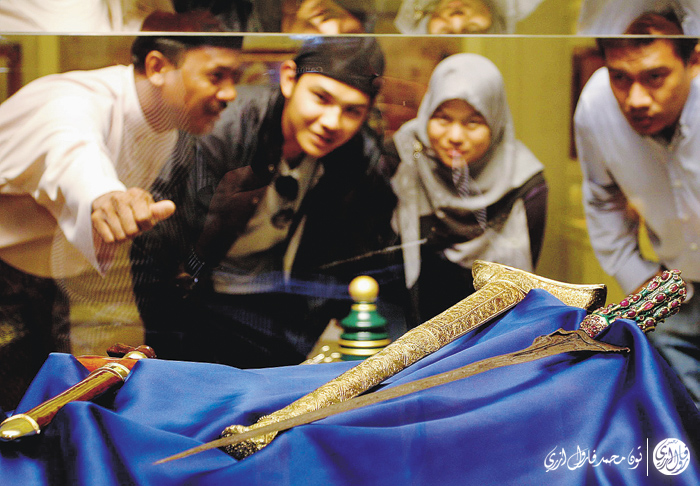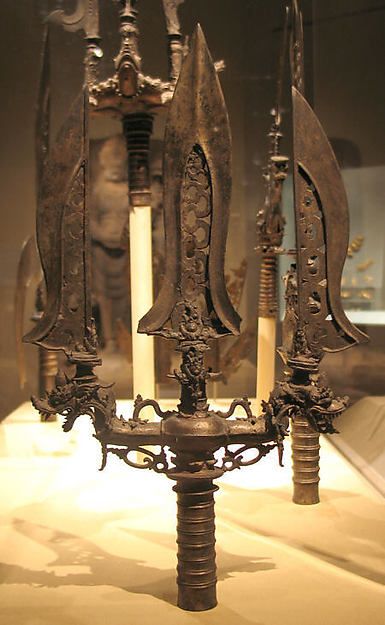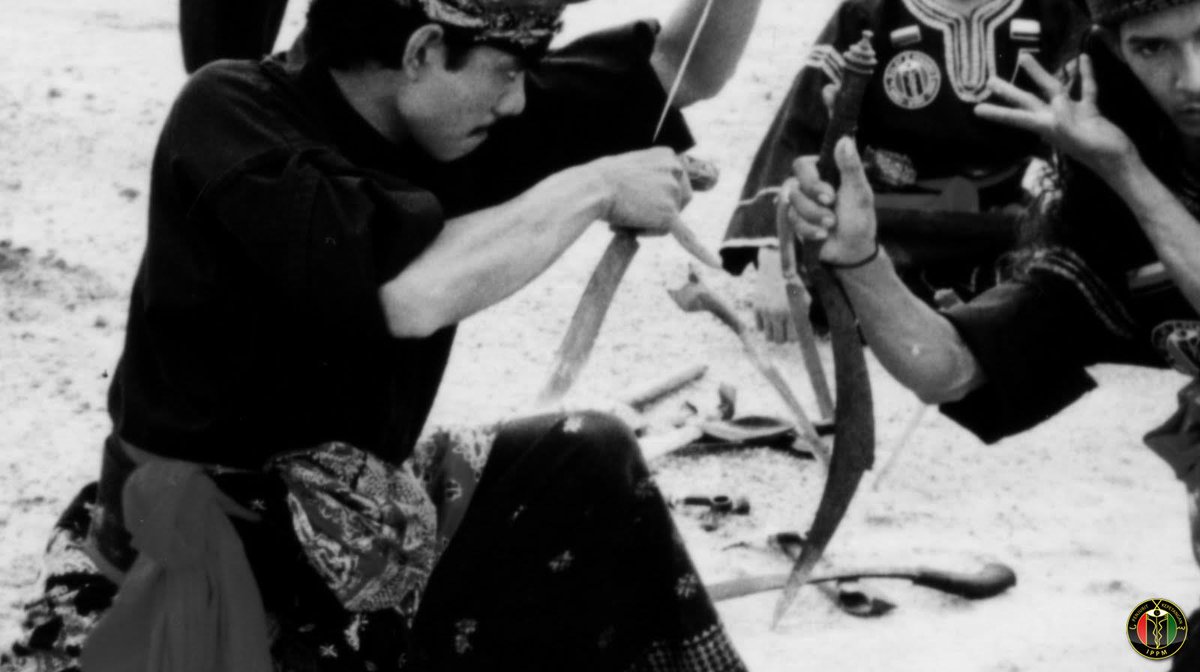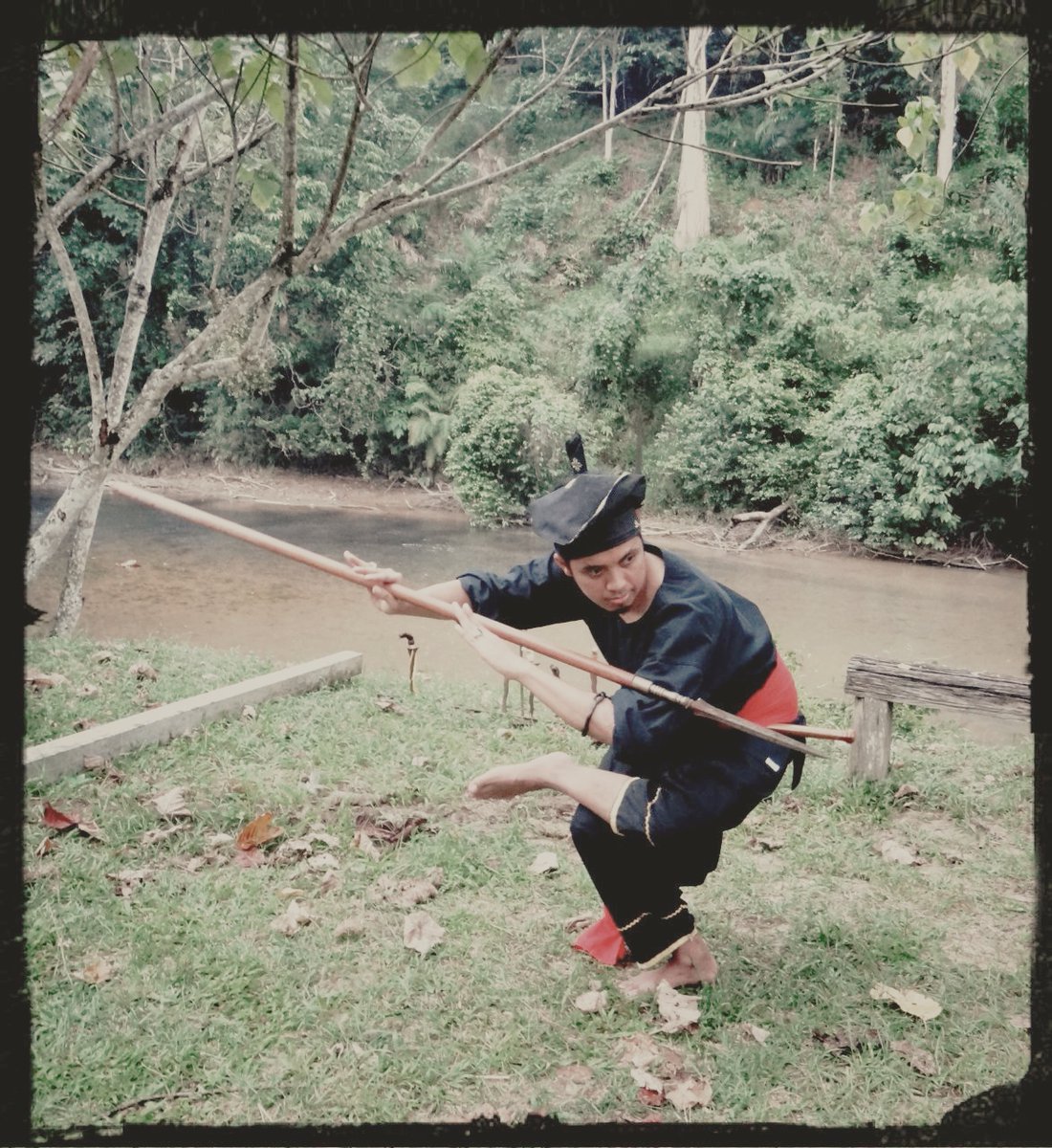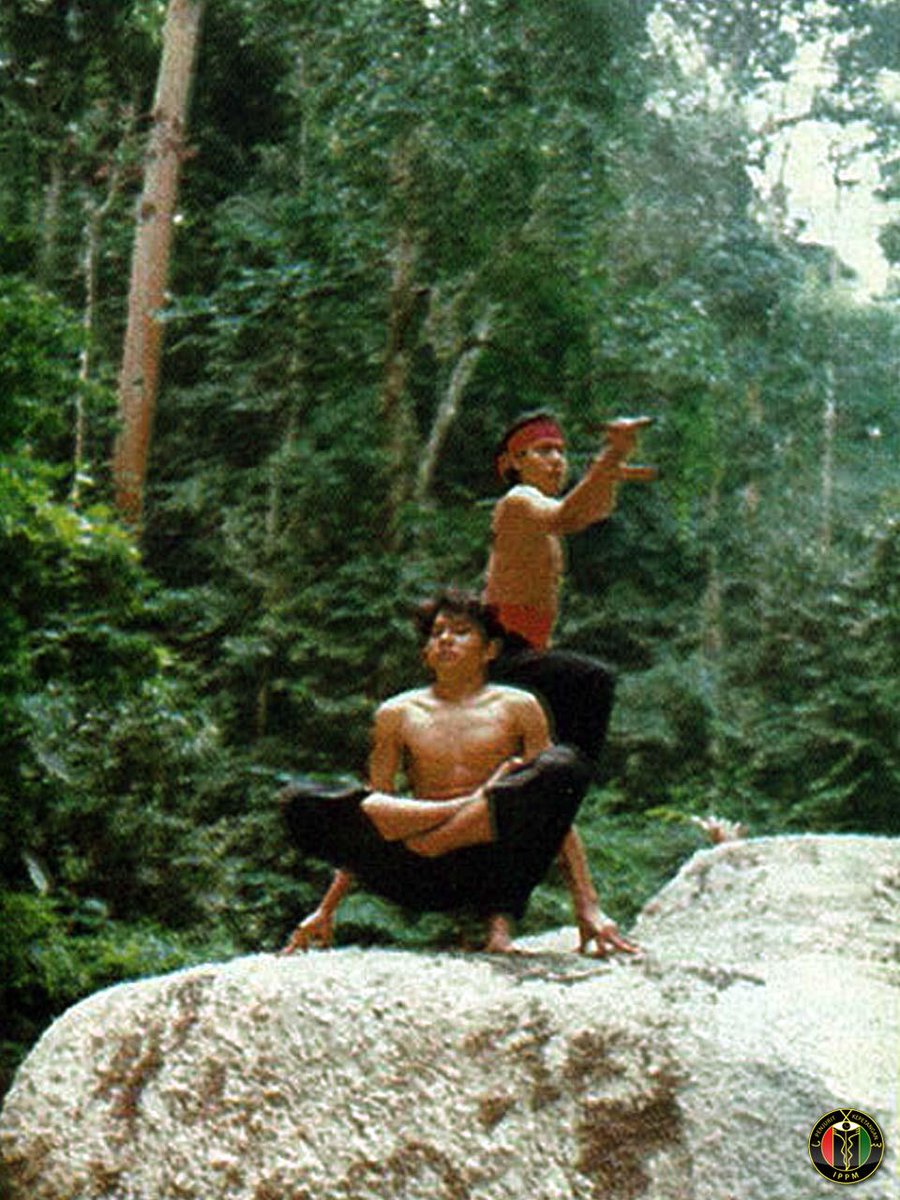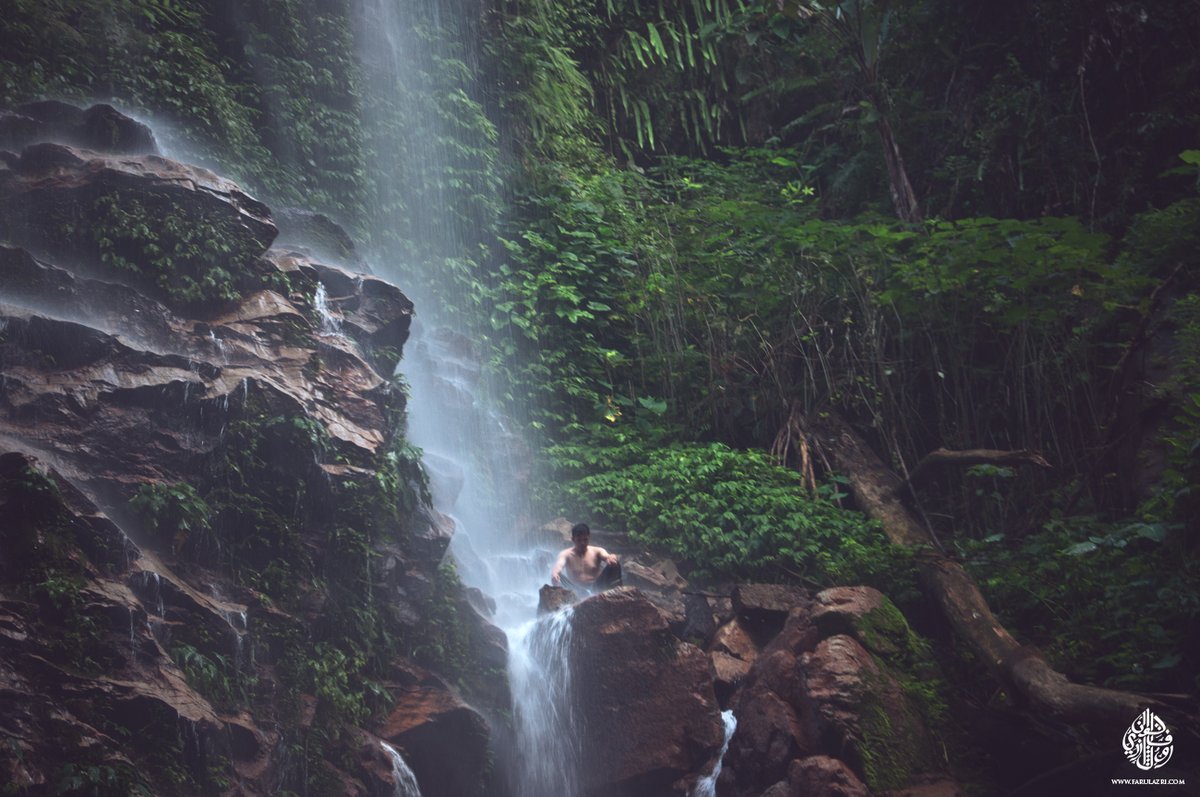& #39;Silat& #39; / & #39;Pencak silat& #39; noun is a newer term from post-colonial era (1900). Although some refer to Minang people of Sumatera term, & #39;silek& #39;, it has never been found used in any of the old Malay manuscripts from the 15th century.
This is a thread.
(1) https://twitter.com/majdanesh/status/1247447545955131396">https://twitter.com/majdanesh...
This is a thread.
(1) https://twitter.com/majdanesh/status/1247447545955131396">https://twitter.com/majdanesh...
DISCLAIMER: This thread is my personal POV as silat practitioner who& #39;ve studied & dedicated my whole life to this form of martial arts (among others) since 1987. This as well is my personal POV as researcher & seasonal writer for PSM.
Other people might have different view.
(2)
Other people might have different view.
(2)
In the writings from old Malay manuscripts, the original words that allude to Malay martial arts is known in a few phrases:
1. Ilmu Hulubalang (arts of a warrior)
2. Ilmu Penjurit (arts of a warrior)
3. Ilmu bermain senjata (weaponry arts)
REF: Hikayat Hang Tuah, DBP: 28
(3)
1. Ilmu Hulubalang (arts of a warrior)
2. Ilmu Penjurit (arts of a warrior)
3. Ilmu bermain senjata (weaponry arts)
REF: Hikayat Hang Tuah, DBP: 28
(3)
Although & #39;silat& #39; has been known to be one of the world ancient and most deadliest form of martial arts from Malay origin, many scholars has come to agree that the term & #39;silat& #39; is a new noun in Malay vocabulary.
Today the term & #39;silat& #39; is used at all level worldwide.
(4)
Today the term & #39;silat& #39; is used at all level worldwide.
(4)
Minangkabau people in Sumatera use similar noun known as & #39;silek& #39; & brought the term to their national level. Now popularly known as & #39;pentjak / pencak silat / silek& #39;. Some point the word & #39;silat& #39; to "se-ilat" and Minang dialect "si-liek".
Photo: Irfan
(5)
Photo: Irfan
(5)
The origin of silat is still debatable between world scholars and historians. However, many has agreed and confirmed that this martial arts originated from Southeast Asia, or Malay Archipelago (Nusantara) to be exact.
Photo: Aji Saka story, Aksara Jawa (Javanese Script).
(6)
Photo: Aji Saka story, Aksara Jawa (Javanese Script).
(6)
Earliest documented evidence of silat can be traced back to 9th century Borobudur temple bas reliefs. This one portrayed a figure wielding a shield, few others on sword clashing in battle. Some stories told on the reliefs was from Sailendra Dynasty; later to Mataram Kingdom.
(7)
(7)
Silat has gone through many influences & assimilation since that. From Buddhist to Hinduism & finally settling on Islamic way of learning / teaching & living. This shaped what silat is today: A full-contact martial arts with its own spiritual elements.
Photo: TFA
(8)
Photo: TFA
(8)
Through hundred of years of assimilation processes, it has evolved in methods, weaponry, techniques etc. This can be seen in many form of silat style & their weapons of choice that is available today OR the one that has been forgotten.
https://twitter.com/tunfarulazri/status/1244521870973497346?s=20
(9)">https://twitter.com/tunfarula...
https://twitter.com/tunfarulazri/status/1244521870973497346?s=20
(9)">https://twitter.com/tunfarula...
Some scholars suggested that silat was created by watching the movements of animals since the fighting style is all about exploiting weaknesses on enemy and incapacitating them as quickly as possible.
Photo: Silek Harimau Minangkabau
(10)
Photo: Silek Harimau Minangkabau
(10)
Some scholars insisted silat was brought in by Muslim missionaries of Arabs & Persians to Malay Archipelago, but there& #39;s evidence rejecting the point as there& #39;s already some form of martial arts existed in the region.
Photo: Istiadat Pewaris Penjurit-Kepetangan Melayu
(11)
Photo: Istiadat Pewaris Penjurit-Kepetangan Melayu
(11)
But influences from foreign cultures in silat is inevitable. It took place during hundred of years of fallen and risen of many kingdoms & dynasties. Some methods of Chinese & Indian can be seen in today& #39;s silat style but still differed from its origin forms.
(12)
(12)
One of the popular studies indicated that of recent silat was brought in by the famous Sheikh Abdullah Bin Sheikh Ahmad Bin Sheikh Ja& #39;afar al-Qaumiri (al-Qom) to Kedah Tua kingdom. This form of silat used solat movement as its style.
Story of Kedah: https://twitter.com/tunfarulazri/status/1245767661490810880?s=20
(13)">https://twitter.com/tunfarula...
Story of Kedah: https://twitter.com/tunfarulazri/status/1245767661490810880?s=20
(13)">https://twitter.com/tunfarula...
Not only it influenced on the martial arts itself, it also influence on Malay weaponry, literatures & etc as well. This can be seen in pre & post Islam differences.
Refer photo: The similarities on Prophet Muhammad SAW sword and Taming Sari keris handle design.
(14)
Refer photo: The similarities on Prophet Muhammad SAW sword and Taming Sari keris handle design.
(14)
Now let& #39;s dive into the weaponry of silat section. Many foreign and local practitioners or even scholars regard that the only weapon for silat is: keris (asymmetrical dagger) or kerambit (curve knive).. Well this is indeed wrong! Silat has many weapons at its disposal.
(15)
(15)
Some of the weapon that& #39;s associated with silat is as below:
1. Keris
2. Many kind of swords (Sundang, Darb, Kelewang etc.)
3. Kapak Binjai / Beliung
4. Belati
5. Kerambit / Kuku Rimau / Lawi Ayam
6. Panabas
7. Bagh Naga
8. Badik
9. Pataka
10. Lembing / Tombak
& More..
(16)
1. Keris
2. Many kind of swords (Sundang, Darb, Kelewang etc.)
3. Kapak Binjai / Beliung
4. Belati
5. Kerambit / Kuku Rimau / Lawi Ayam
6. Panabas
7. Bagh Naga
8. Badik
9. Pataka
10. Lembing / Tombak
& More..
(16)
There& #39;s a saying by some & #39;Guru Tua& #39; (Grand Master); "Tidak turun ke tanah seorang pahlawan tanpa 3 senjata di badan" (A warrior will not come to the ground without at least 3 weapons): Indicated a warrior comes prepared with not only keris, but a few weapons.
Photo: TFA
(17)
Photo: TFA
(17)
Some of the weapons mentioned above is still around and in popular usage and some has been completely vanished and rare to be found.
Throughout my studies, the rarest weapons of silat I& #39;ve came across was Bagh Naga and Pataka / Trisula.
Photo: TFA
(18)
Throughout my studies, the rarest weapons of silat I& #39;ve came across was Bagh Naga and Pataka / Trisula.
Photo: TFA
(18)
Some weapons carried in old days are visible to the naked eye such as keris, sword (of any kind) etc. While some weapons are hidden. This is a smaller weapon to be used in case of losing the main one. This included:
1. Pemacak sanggul
2. Badik
3. Binjai
4. Kerambit
etc.
(19)
1. Pemacak sanggul
2. Badik
3. Binjai
4. Kerambit
etc.
(19)
But the usual weapons associated with silat is always Keris, Sundang, Pedang Melayu, Parang / Golok, Kerambit.
There& #39;s an old saying; "Whatever in a hand or grasp of a Malay warrior, it became weapon". This indicate how dangerous a person can be if he mastered the art.
(20)
There& #39;s an old saying; "Whatever in a hand or grasp of a Malay warrior, it became weapon". This indicate how dangerous a person can be if he mastered the art.
(20)
Silat also often being associated with spiritual & idealized as having invincible powers (inner strength) that beyond normal humans limit. Some find this fictional and some may relate especially in a more ancient & traditional silat compared to the newer style.
Photo: IPPM
(21)
Photo: IPPM
(21)
However, i choose not to elaborate more on this topic to avoid raised confusion on millennials and to avoid sensitive issues among more seasoned practitioners. All i can say is as above; "some may relate and understand, while some don& #39;t.."
Let& #39;s move to the next topic..
(22)
Let& #39;s move to the next topic..
(22)
Another topic that cannot be left out when discussing silat, especially on the traditional silat style, is their ancient & unusual physical exercises method plus self meditations.
Photo: IPPM
(23)
Photo: IPPM
(23)
Practitioners usually have to go through few phases of exercises & meditation to develop physical & mind strength. Some spend days, weeks or even months in dark & isolated places; usually in deep forest or mountains with very little food; fasting during the day.
Photo: TFA
(24)
Photo: TFA
(24)
To conclude, silat is now recognized by UNESCO
as "Representative List of Intangible Cultural Heritage of Humanity" and regarded as "one of world& #39;s most deadliest martial arts" by many professionals and enthusiast.
If you find this thread useful; #Retweet https://abs.twimg.com/emoji/v2/... draggable="false" alt="🌹" title="Rose" aria-label="Emoji: Rose">
https://abs.twimg.com/emoji/v2/... draggable="false" alt="🌹" title="Rose" aria-label="Emoji: Rose">
(END)
as "Representative List of Intangible Cultural Heritage of Humanity" and regarded as "one of world& #39;s most deadliest martial arts" by many professionals and enthusiast.
If you find this thread useful; #Retweet
(END)

 Read on Twitter
Read on Twitter
